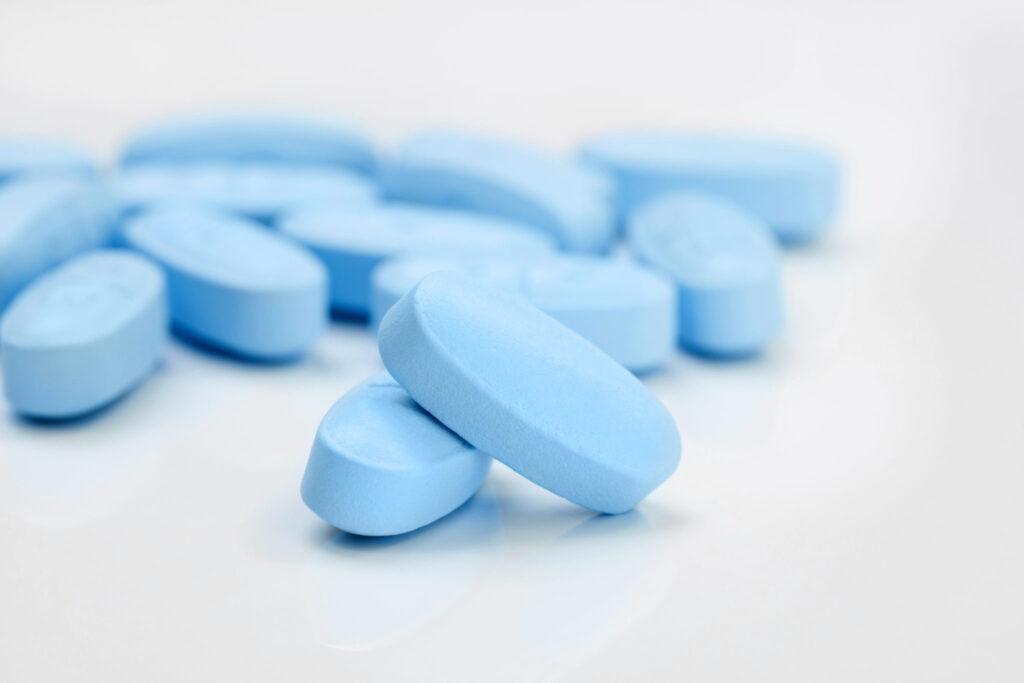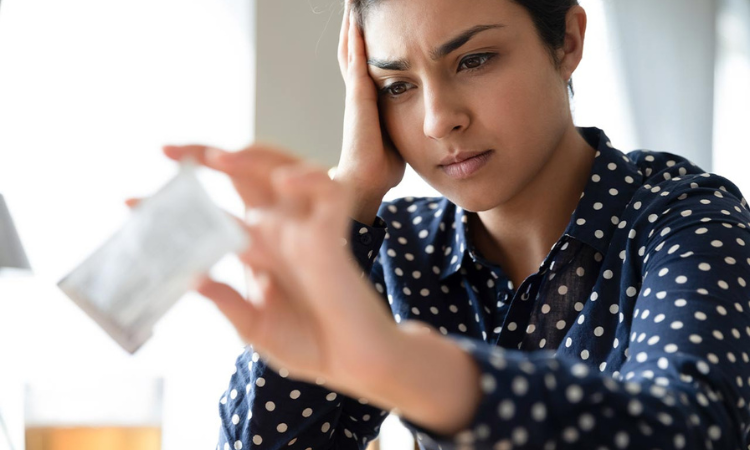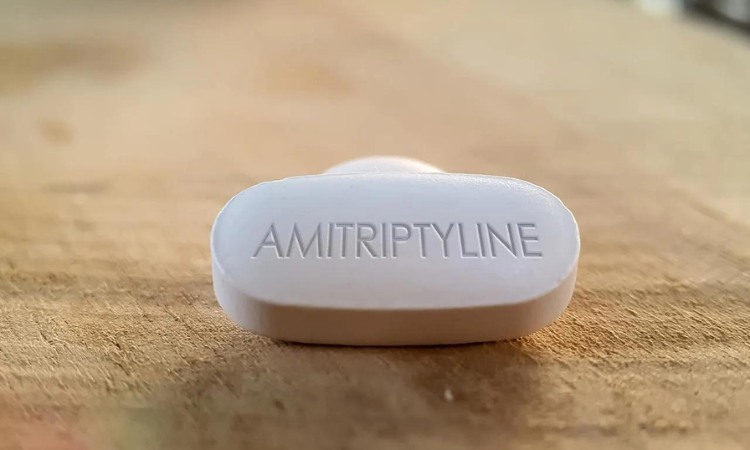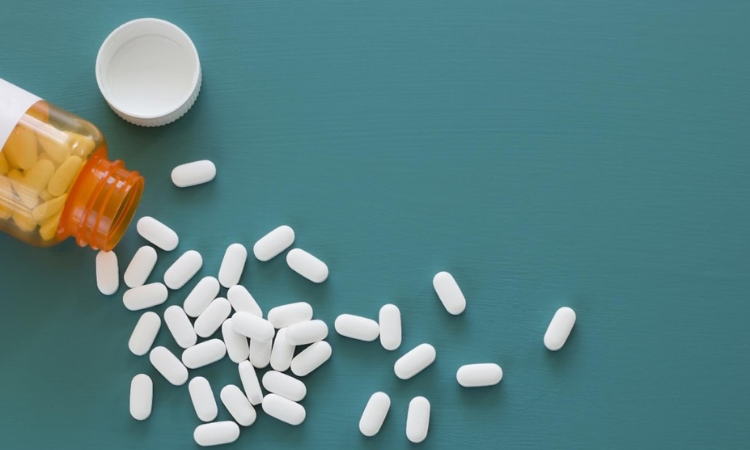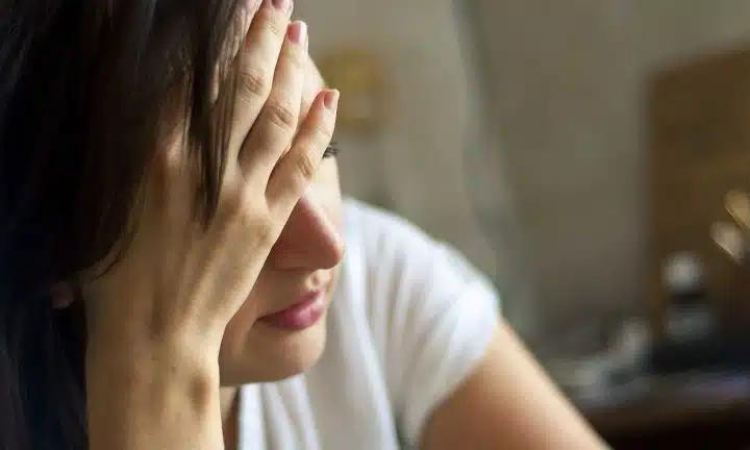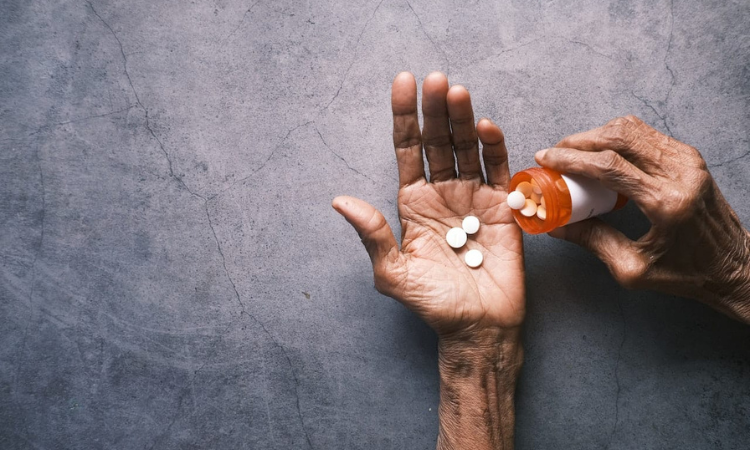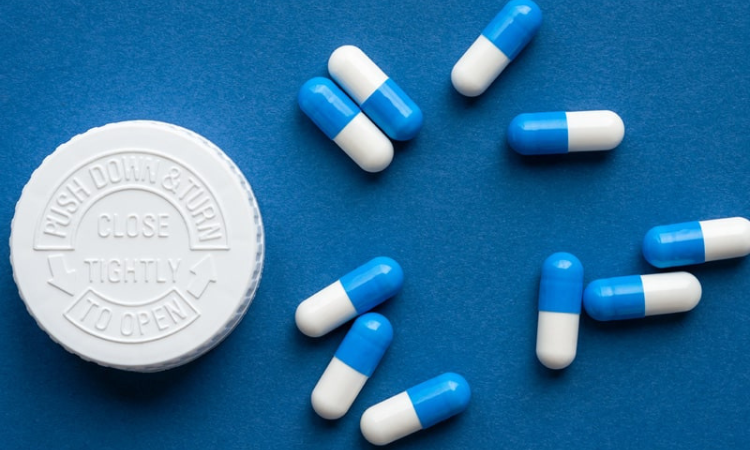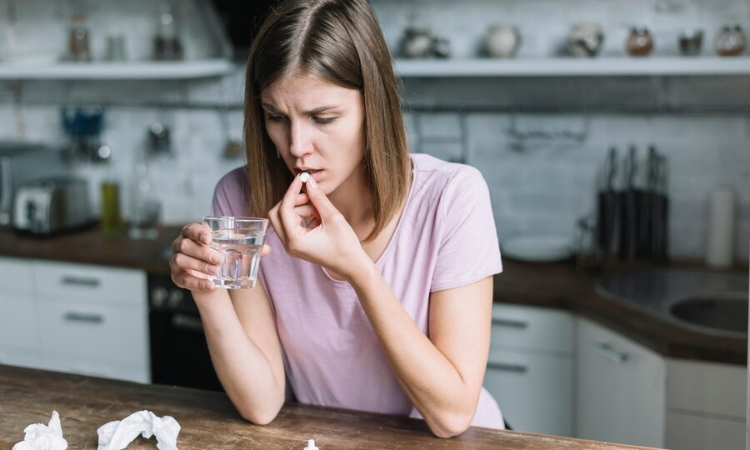There are treatments like therapy and medication, but many people for solving depression seek out alternative treatments, such as yoga, to manage the symptoms. Are you the same person who is considering yoga as an alternative to depression? Yes, as yoga
provides various physical and mental benefits to its broad base of 300 practitioners worldwide. On social media, it is shown that yoga is for everyone, but a person needs to modify and adapt it according to their body type. Let’s understand the healing power of yoga for depression and its benefits of yoga for depression in this blog.
Yoga for depression
One study shows that a person with depression has lower serotonin levels. Yoga helps uplift serotonin levels in the brain and makes you feel good. However, yoga is unlike other exercises; it has a unique and relaxed approach to healing depression. The breathing and meditation techniques help in solving depression problems. There are various yoga styles and 100 yoga poses. Here, we will discuss some yoga styles and poses for you to deal with anxiety and depression. These yoga poses and styles will calm your mind, balance your life, provide mental clarity, and increase blood circulation in the brain. Let us understand in detail the styles and poses of yoga for depression.
Styles of Yoga for depression
You might be familiar with the common type of yoga is standing forward bend. Let’s understand another style of yoga as follows:
1. Hatha Yoga: It is yoga in the form of an umbrella. In this type of yoga, you move your body deliberately and slowly into different poses that challenge your flexibility and strength. Also, at the same time, focus on mindfulness and relaxation. Hatha yoga focuses on controlling breath and having a good posture.
2. Ashtanga: It comprises two words in Sanskrit. Ashta” means number eight, while “Anga” means body part. The practice of Ashtanga begins with five repetitions of Sun Salutation A and B. Standing poses, in 5 repetitions follow it, and then a set of seated poses. After you gain knowledge in three poses, you will get a guide in advanced series such as Advanced A, B, C, and D.
3. Iyengar Yoga: Iyengar yoga focuses on proper alignment. It is through slower movements, and Iyengar yoga combines poses and breathing to build stamina, strength, and flexibility. Iyengar yoga provides physical, mental, and psychological health benefits.
4. Kundalini: Kundalini comes from the Sanskrit word “kundal,”. It refers to “circular.” and to a coiled snake. It is there in the base of the spine, unaroused and sleeping. This yoga helps in activating the energy, which is allowed to move up and in chakras with your spine. Kundalini yoga helps in balancing the chakra and contributes to spiritual wellness. The chakras are the root chakra, heart chakra, third eye chakra, naval chakra, throat chakra, sacral chakra, and crown chakra. It is one of the best styles of yoga for depression.
5. Restorative Yoga: Restorative yoga is about slowing down and opening your body in passive stretching. Yoga is a practice of deep relaxation that has the union of body and mind. During restorative yoga, focus on your breathing and become aware of your thoughts and sensations. The benefits of restorative yoga for depression are better sleep, relaxation, good mood, reduced pain, and gentleness in the body.
6. Yin: It works deeply into the body with passive, and longer-held poses. Yoga targets the deepest issues of the body such as ligaments, joints, deep fascia networks, and bones of the body. During yoga, muscles are relaxed to avoid muscle spasms. The daily yin yoga for depression helps reduce stress, encouraging deeper relaxation, and balancing the mind and body.
7. Bikram: Bikram yoga for depression is practiced in a hot environment. Also, it incorporates 26 specific poses that need to be performed in 90 minutes in the exact order. The benefits of Bikram class are to improve flexibility, reduce stress, and ease depression. In the class choose lightweight clothes, breathe easy, and are designed to wick your sweat.
Yoga for depression poses
The pose in yoga plays an important role in proper yoga. If you do the wrong pose then you face issues in body and mind. So, take care of poses and understand the type of poses.
1. Easy poses
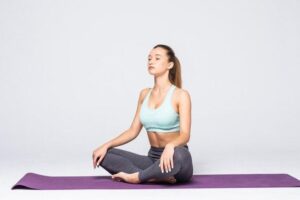
It is the pose where people sit on the floor with crossed legs and a straight spine. These easy poses are powerful tools for regaining confidence. Also, it helps in dealing with anxiety, and depression. While you are sitting in an easy pose, you can watch your breath and recite a mantra.
2. Downward-facing dog pose
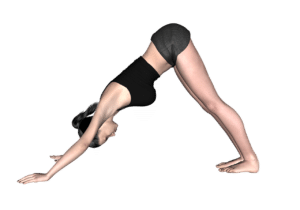
The other name is Adho Mukha Svanasana. This yoga helps lengthen your spine and strengthen your arms, legs, and shoulders, increasing the brain’s blood flow. When blood circulates in this area, you experience energy, and mental clarity also helps in dealing with anxiety. It is one of the best poses of yoga for depression.
3. Upward-facing Dog pose
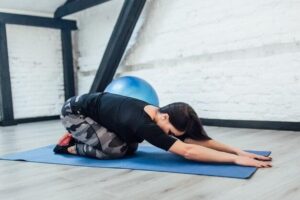
An upward-facing dog pose, another name is Urdhva Mukha Svanasana. This yoga opens your heart and removes the pent-up emotions in your chest. Also, it regulates the respiratory system, which brings clarity to the mind.
4. Shoulderstand
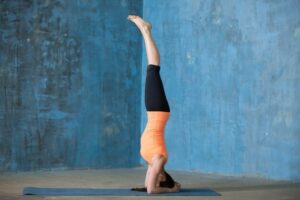
Another name is Salamba Sarvangasana. It is one of the excellent yoga poses for relieving the yoga session. The yoga pose increases blood flow to your brain, provides mental clarity, and balances your emotions. One important thing to remember is not to do this activity when having neck or shoulder problems, high blood pressure, or menstruating. It is one of the best poses of yoga for depression.
5. Standing forward fold pose
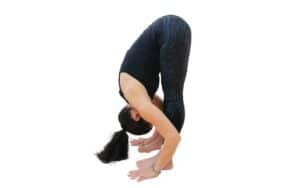
In this pose, you touch your toes. The pose works best for removing tension in the shoulders, neck, and back. Also, it directs blood flow to the brain. When the standing forward fold pose is practiced regularly it makes you feel great.
6. Corpse pose
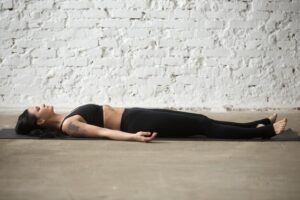
This corpse pose is excellent for controlling your mind, making you free from stress, anxiety, and depression, and providing clarity to your experience. Doing this pose physical quite easily, but mastering the mental aspect is a challenge.
When you are doing this pose and focus on your breath you will feel moved towards calmness and bliss. This yoga for depression pose is mostly performed at the end of the yoga session and integrates all the energy and revelations that are cultivated during practice.
7. Child pose
The child pose is known as Balasana. It is one of the most comfortable postures. You enjoy immense comfort that is grounded. This pose is supported by the earth and provides emotional comfort during anxiety and depression. Also, it helps in releasing tension in the spines. One of the best poses of yoga for depression.
Benefits of yoga for depression
1. Improve Mood
Yoga boosts your mood by increasing the production of endorphins, providing more oxygenated blood to your brain, and lowering the level of stress hormones. Additionally, yoga decreased anxiety.
2. Reduce stress and anxiety
One of the benefits of yoga for depression is reducing stress and anxiety. Yoga increases heart rate variability. As a result, your body becomes good at self-monitoring or adapting things and handling the stress. Additionally, it lowers blood pressure, eases breathing, and increases pain tolerance.
3. Major depression
A 2019 study published in the Journal of Psychiatric Practice says that yoga is a treatment for major depressive disorder. When people do yoga for one month it improves sleep quality. Also, positivity increases with physical exhaustion, and symptoms of depression and anxiety decrease. This study was done only with 30 participants.
4. Provide mindfulness
Mindfulness means maintaining awareness of each moment, like feelings, surrounding environment, thoughts, and bodily sensations. Additionally, mindfulness refers to the acceptance of thoughts and feelings with judgment. The yoga teacher asked us to focus on breathing, observe sensations in the body, and become aware of our emotions or thoughts, as it brings mindfulness. It is one of the important benefits of yoga for depression.
5. Social support
If you are introverted and stay alone, yoga provides you with social support. Practicing yoga in a group promotes mutual support, interaction, and empathy among participants. Additionally, yoga encourages a positive social environment for you. It is one of the important benefits of yoga for depression for a lonely person.
FAQs: Yoga for depression
1. How does Yoga work in depression?
Dr. Mason Turner says yoga therapy is a powerful treatment for depression. Yoga helps in controlling thoughts, focusing on the movements also strengthens the body-mind connection. Additionally, according to one study breathing exercise is effective in reducing symptoms of depression.
2. Is yoga more effective than clinical treatment?
Many people do yoga as a treatment for depression. But it doesn’t work for everyone.
During a major depressive disorder, yoga doesn’t work that time a clinical treatment needs like therapy, medication, or a combination of both.
3. How to know if a person has depression?
The symptoms of depression are as follows:
- Mood is low
- Loneliness
- Sadness
- Fatigue
- Changes in appetite
- Suicidal thoughts
- Trouble in concentrating
- Anxiety
- Sleep problems
When you face this sign for more than two weeks you have a depression disorder.
Conclusion
In conclusion, yoga is an excellent alternative approach to solving depression problems. Benefits of yoga for depression approach is that it promotes the physical, mental, and emotional well-being of the person.
Additionally, when you focus on breathing and stretching the body you get relief from depression and its symptoms such as sleep troubles, pain, loss of energy, and many more. So, do yoga for depression regularly and make your body fit and healthy. Additionally, choose the yoga poses according to your comfort.
Regular yoga practice, especially under the guidance of professionals, can yield numerous short- and long-term advantages. Relevance Recovery provides holistic, integrative, multidisciplinary treatment for a range of mental health conditions and substance abuse issues in addition to yoga therapies.
Reference
https://www.health.harvard.edu/staying-healthy/yoga-for-better-mental-health
https://www.bezzydepression.com/discover/dep-managing-depression/health-yoga-therapy/
https://artoflivingretreatcenter.org/blog/7-easy-yoga-poses-for-depression-and-anxiety/

